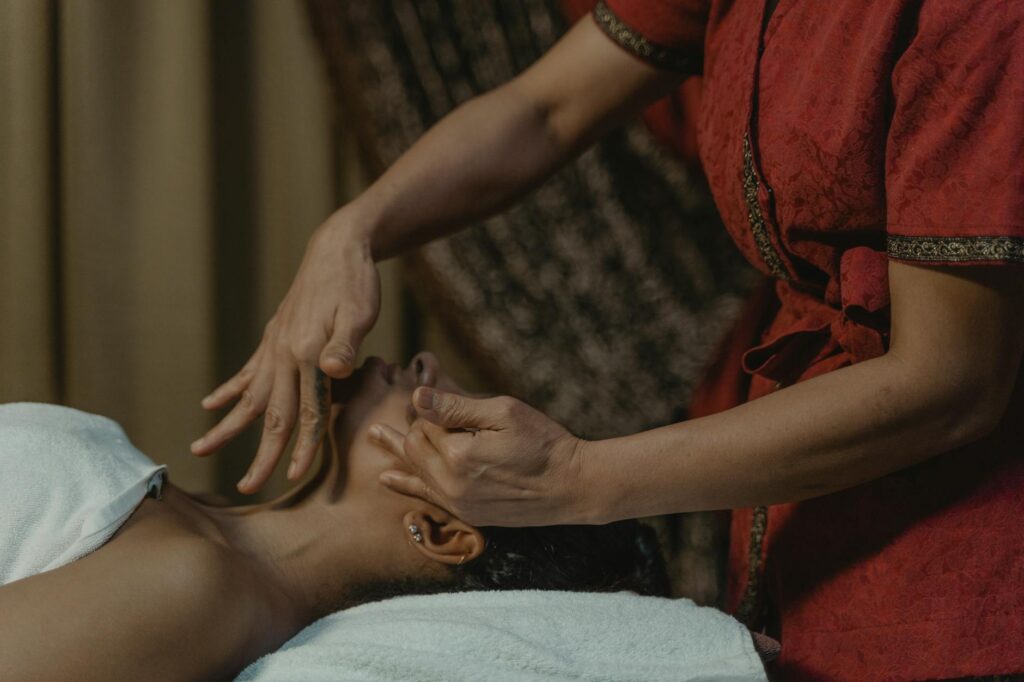What is therapeutic modalities?

What is Therapeutic Modalities?
Therapeutic modalities play a crucial role in enhancing overall well-being and mental health. These approaches encompass various techniques and methods used to promote healing, whether physical, psychological, or emotional. As people increasingly seek alternative and complementary methods for achieving wellness, understanding therapeutic modalities has never been more important. In this article, I’ll explore the significance of these modalities and how they can contribute to a healthier, more balanced life.
Defining Therapeutic Modalities
Therapeutic modalities refer to a range of treatments designed to improve a person’s health. These can be employed in various fields, including psychology, physical therapy, and holistic wellness. Essentially, these modalities aim to restore balance, alleviate pain, enhance mobility, and promote overall well-being.
In the context of psychology, therapeutic modalities can include various counseling approaches that help individuals address emotional and mental health issues. For example, cognitive behavioral therapy (CBT) is a widely recognized modality that focuses on changing negative thought patterns to improve behavior and emotional well-being.
In physical therapy, modalities often involve physical interventions like heat therapy, ultrasound, or electrical stimulation to promote healing. Each modality has its specific application, target audience, and intended outcome, all tailored to meet the unique needs of individuals.
Types of Therapeutic Modalities
Therapeutic modalities can be broadly categorized into three main types: physical, psychological, and alternative therapies.
-
Physical Modalities: These include treatments like ultrasound, electrical stimulation, and therapeutic exercises. They are often used to reduce pain, improve circulation, and enhance mobility.
-
Psychological Modalities: This category encompasses various therapy types, including psychotherapy approaches like psychodynamic therapy, mindfulness-based therapy, and behavior therapy. Each modality aims to help individuals process their thoughts, feelings, and behaviors effectively.
-
Alternative Therapies: These modalities include practices like acupuncture, aromatherapy, and massage therapy. They focus on holistic wellness, addressing both physical ailments and emotional wellbeing.
The application of these modalities can vary significantly based on individual needs, preferences, and health conditions.
The Role of Therapeutic Modalities in Health Care
Therapeutic modalities have become increasingly important in modern health care as they complement traditional medical treatments. They provide a holistic approach to healing that takes into account the physical, emotional, and psychological aspects of well-being.
Incorporating therapeutic modalities into a treatment plan can enhance patient outcomes, reduce reliance on medications, and empower individuals in their healing journey. For instance, the integration of modalities like mindfulness and relaxation techniques can significantly alleviate stress, which is often a precursor to many physical ailments.
As outlined in the resource from Physio-pedia, these modalities can also aid in pain relief and muscle stimulation, underscoring their multifaceted benefits.
Benefits of Therapeutic Modalities
The benefits associated with therapeutic modalities are vast, particularly for individuals seeking personal development and improved mental health.
Improved Mental Health Outcomes
One of the most significant advantages of using therapeutic modalities is their impact on mental health. These modalities help individuals manage conditions like anxiety, depression, and stress. By employing various techniques, such as cognitive behavioral therapy or mindfulness practices, individuals can develop healthier coping mechanisms and improve their overall emotional resilience.
Research suggests that individuals who engage in therapeutic modalities report lower levels of anxiety and depression, as well as increased feelings of well-being. This connection between therapy and mental health has led to a growing acceptance of therapy as a necessary component of holistic health care, as highlighted in the Psychology Today.
Enhanced Physical Wellness
Therapeutic modalities don’t just benefit mental health; they also provide considerable physical advantages. For instance, physical therapies like massage and ultrasound therapy can reduce muscle tension, improve flexibility, and promote injury recovery.
Moreover, alternative modalities such as yoga and Pilates can strengthen the body while simultaneously calming the mind, resulting in enhanced physical and emotional health. When individuals prioritize these modalities, they often experience improved energy levels, better sleep quality, and a greater overall sense of vitality.
Choosing the Right Therapeutic Modalities
When considering therapeutic modalities, it’s essential to select those that align with individual needs and goals.
Consulting Professionals for Recommendations
Before embarking on any new therapeutic journey, consulting with healthcare professionals is crucial. They can provide insights into which modalities may be most beneficial based on personal health history and present circumstances.
For example, a physical therapist might recommend specific modalities to alleviate chronic pain, while a mental health professional could suggest therapy approaches best suited to address emotional challenges.
Personalizing Your Approach
Finding the right therapeutic modalities often involves a degree of experimentation. Every individual is unique, and what works for one person may not work for another.
Consider trying various modalities to discover what resonates with you. This might involve attending a few yoga classes, booking a massage therapy session, or undergoing cognitive behavioral therapy. The key is to stay open-minded and patient as you explore different options.
Conclusion
In summary, therapeutic modalities serve as valuable tools in promoting overall well-being. Whether you’re seeking improved mental health outcomes or enhanced physical wellness, these modalities offer a broad spectrum of options. By consulting with professionals and personalizing your approach, you can find the right mix of therapies to support your journey toward a healthier, more balanced life. So, why not explore the world of therapeutic modalities today? You might just discover a new path to wellness that resonates with you.

Photo by Tima Miroshnichenko